View from the Hill 23rd September 2009
In the last three weeks we have managed to finish harvest, we have also sown nearly 100 hectares of oilseed rape for next year , we have spread a lot of muck and prepared most of our land destined for other autumn sown crops. Yesterday we started sowing next year’s wheat.
After the huge relief of finishing harvest, which has been nearly as trying as the last two due to so much wet weather, we have enjoyed some glorious weather, and have managed to make some silage, and very late hay. This last week we have also managed to catch up with some stock work, and have weaned all the lambs, as well as wormed and footbathed them. Apologies if the noise of motherless lambs on the meadows kept anyone awake on Thursday night, hopefully they have got used to it by now, the mothers certainly didn’t waste much time blaring, it was probably a long overdue relief for them.
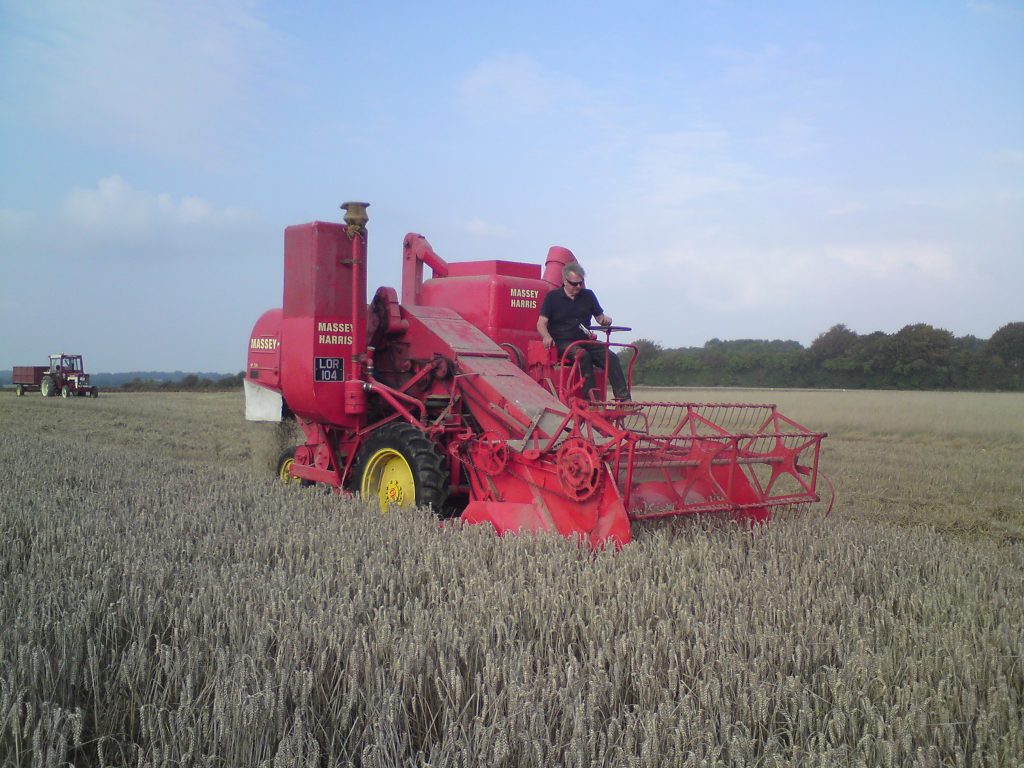
This weekend some of us went to the Stourpaine Vintage Tractor working weekend up Bushes Road, and most of my pictures this month are of various vintage farm machines at work on Saturday afternoon., to make a change from the modern stuff I usually parade in these pages. The top picture is of a beautifully preserved Massey Harris 726 combine, one of the few which were converted to a bulk tank, as opposed to a bagger, where some lucky soul had to ride on the machine all day filling sacks, tying them, and sliding them down a chute onto the ground, where other lucky people would pick them up and heave them onto a wagon. This was still being done on this farm in the early sixties, and on many occasions I have heard how the real men of that era would hump these sacks, weighing 2 ¼ hundredweight, (114 kg) onto their shoulders, and carry them up to the top of the stack in the loft of the barns at Websley. When you bear in mind that the largest sack of cement you can buy these days is 25kg, (half a hundredweight), you realize what wimps we have become! This combine was in full working order, and made a fine job of cutting a full 8 foot swath. (Our current combine cuts a 30 foot swath, with a 400 hp engine). The 726, and the larger 780 that superceded it had a particularly maddening design fault. Many of them were powered by an Austin petrol engine, similar to those fitted to the luxury Austin cars of the day, and the engine was mounted underneath the threshing machinery, where dust and chaff could easily fall onto it and catch fire. I remember when we had one of these machines, and it caught fire on at least one occasion. Modern combines have the engine mounted on top, and they have an enormous fan with lots of cowling which blasts huge amounts of air over the engine to keep it clean.
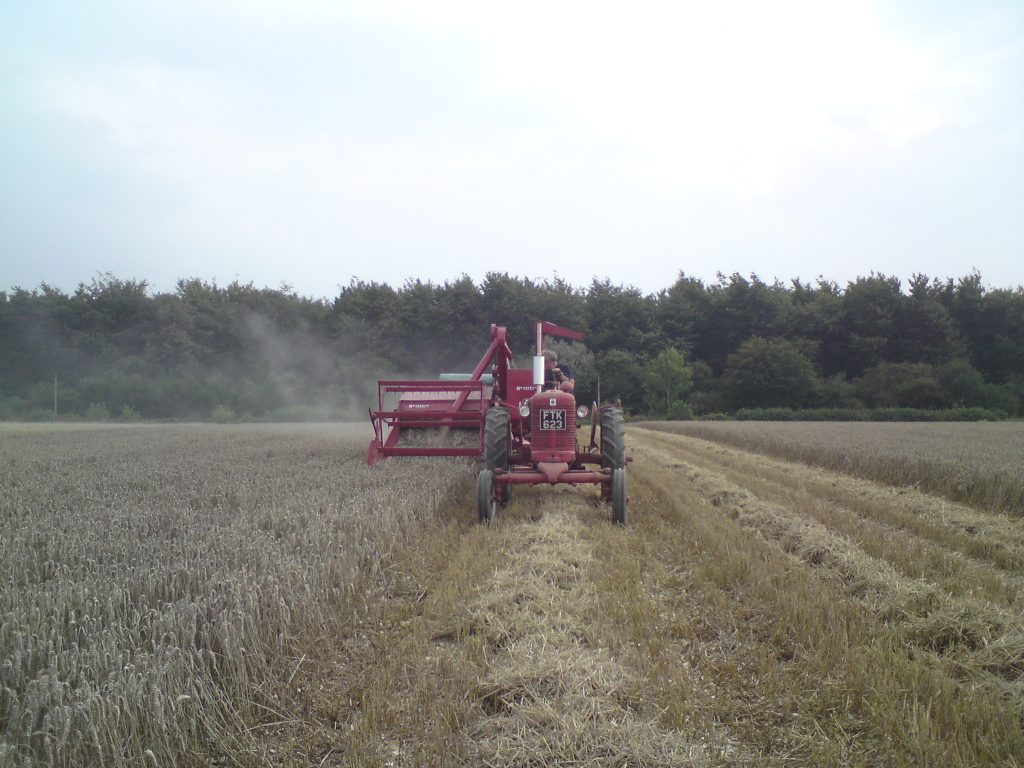
The second picture shows a fine example of a tractor drawn International combine, which was making short work of cutting some well over-stood wheat. The only trouble was that the owner was having trouble engaging the unloading auger, so it looked like he would have to stop cutting when the tank was full, and take the grain home in the tank!
My third picture shows an intriguing bit of home made engineering. The fellow driving the International crawler told us how he remembered his father hitching two ploughs together when he was a boy, so he thought he would give it a go himself for a bit of fun. After a bit of trial and error, he got it all lined up well enough, which is surprisingly difficult, because of the sideways forces exerted by both ploughs. Inspecting the results of his handiwork got the thumbs up of approval from the sometime ploughing judge who I had fallen in with for the afternoon, the plough furrows were matching up well, and the crawler was coping comfortably with six furrows.
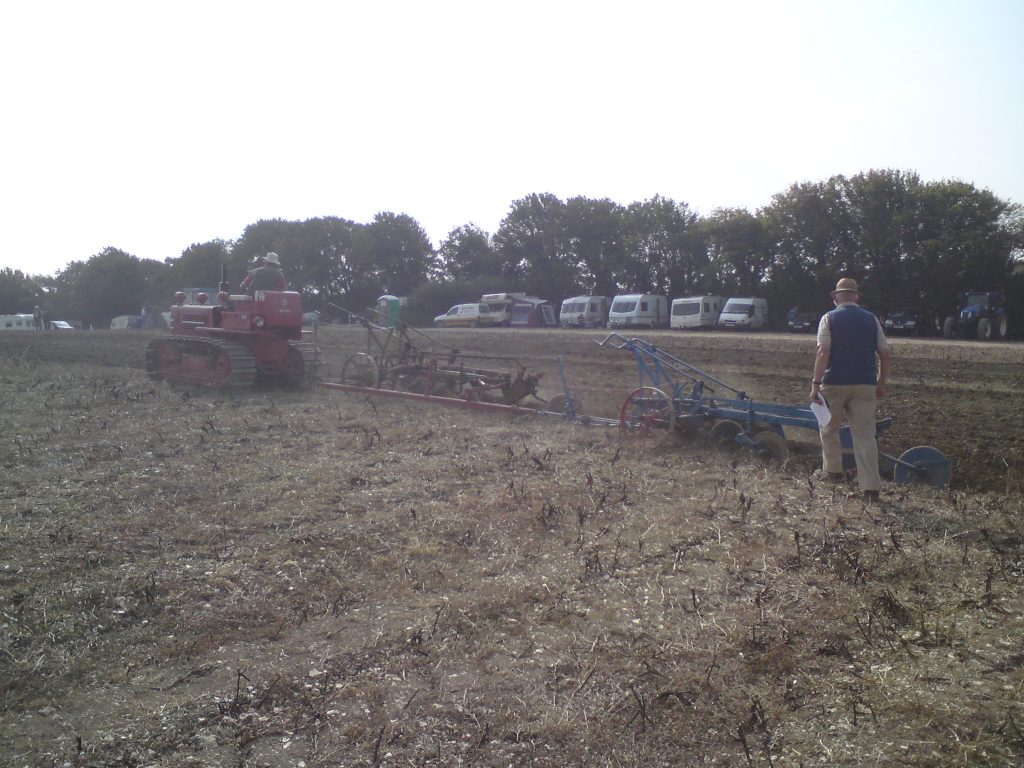
The next picture shows a real classic. Ernest Doe agricultural engineers of Essex made history in the early sixties, by taking two Fordson Super Majors, they removed the front axles and joined the two tractors together, so you ended up with a four wheel drive 100 horsepower tractor, which was very powerful for the time. This they christened the Doe Triple D. The idea was great in theory, but only around 500 were ever made, whereas many many thousands of Majors rolled out of Ford’s factory at Dagenham. The driver of this very authentic example told us that only around 40 remain today, and they always create a stir at Tractor gatherings. All the controls for both tractors are re-routed to the rear seat, so the driver can change gear and operate the clutch remotely. It is said that an example like this would sell for over £50,000 today! In the sixties, there used to be a Triple D at Ash Farm in Stourpaine.
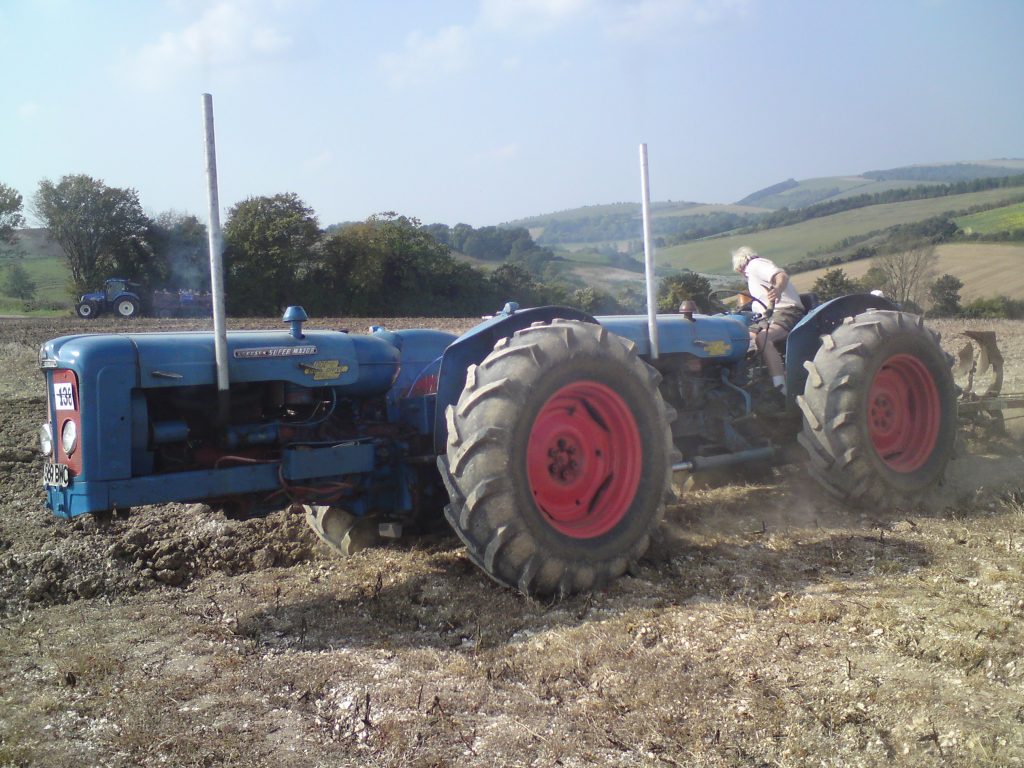
Just to keep up with what is going on in 2009, the last picture shows the new set of ring rolls we purchased this summer, 12.5m wide (40ft in old money) they have an ingenious folding method which brings them down to a legal 3 metres width, for legal driving on the highway. They can roll over 25 acres per hour.
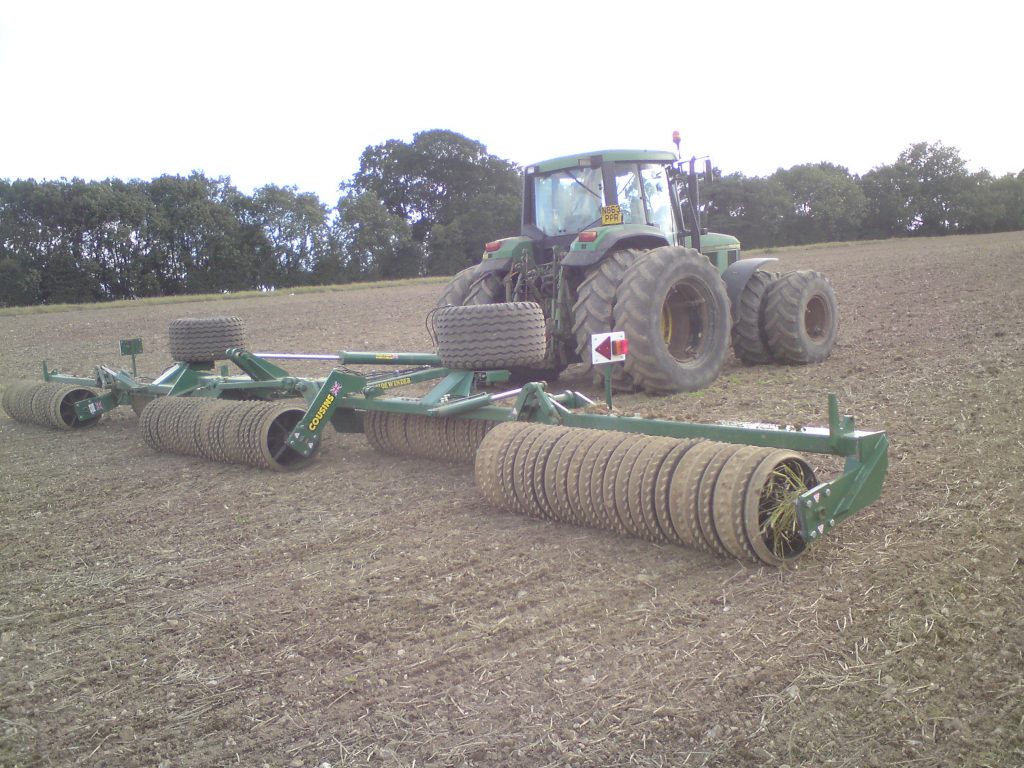
Clarkson knows nothing.
See you at the Harvest supper.
